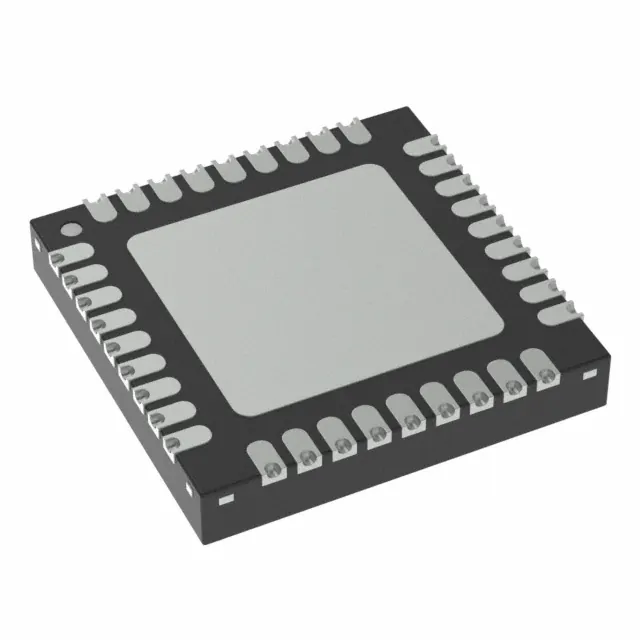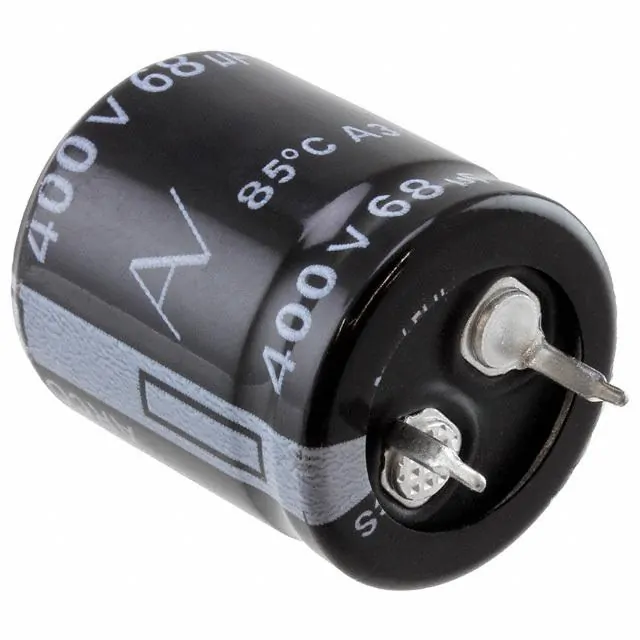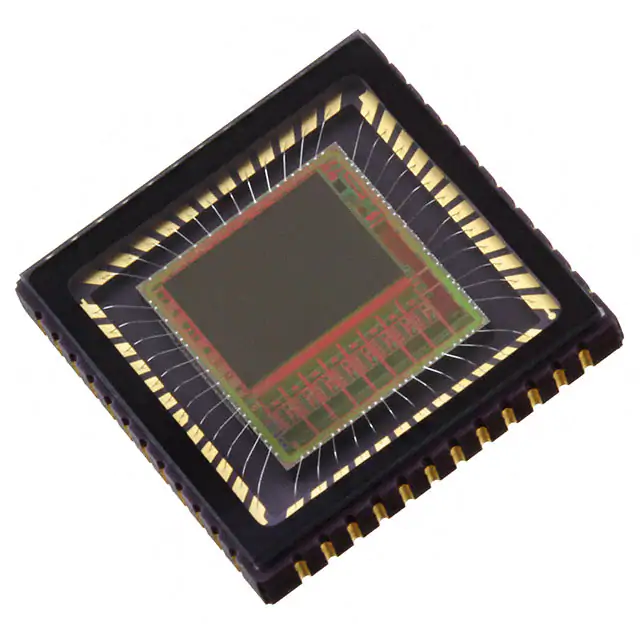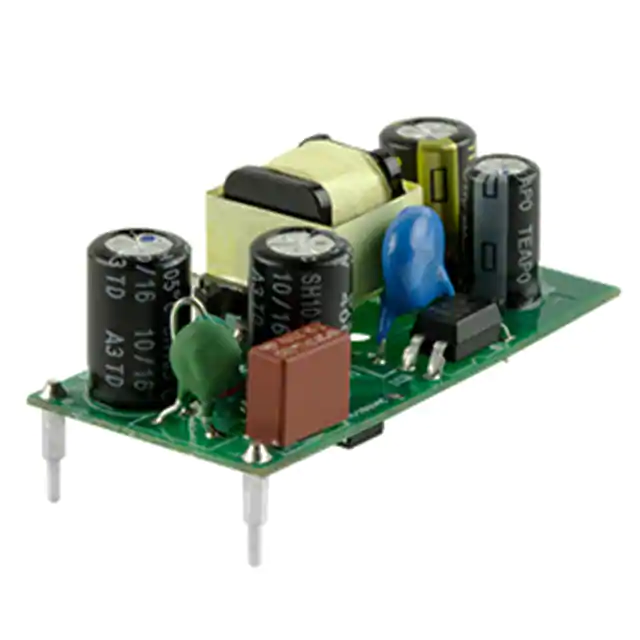
In addition to increasing speed and responsiveness, 5G also enhances the security of embedded iot applications due to its complex network structure that can provide strong encryption protocols for various data transfers, including device-to-device communication and cloud/edge computing deployments. Edge embedded sensors are also used for intelligent high assignment concepts for automatic attitude adjustment.
Automation is forcing every industry to choose smart sensors and devices that can map analog data to digital form to better monitor and control parameters in the real world. Because these devices are placed in nature, which is to say. They are connected to the Internet, and the information produced by these smart products can be easily browsed across the globe. Organizations use this information to gain valuable insights into processes and make adjustments to maximize efficiency and effectiveness.
Recent technological advances have made these embedded Internet of Things (IoT) devices more accessible. Many technologies such as 5G, machine learning, edge computing, faster and more efficient processors, and low-power wide area networks (LPWans) are driving the future of embedded iot connectivity. These technologies enable these smart products to be widely used in industries such as gaming, defense, healthcare, manufacturing and supply chain.
5G for embedded Internet of Things
The introduction of 5G technology has revolutionized the way everyone browses data, media and communications. In addition to offering higher speeds and lower latency than its predecessor (4G LTE), 5G also brings more reliable connectivity to both fixed and roaming devices. This makes it the best solution for mission-critical embedded iot applications. The 10G download speed is five times faster than 4G LTE networks, facilitating real-time long-distance communication between connected sensors or devices in close proximity with minimal latency. This improves the efficiency of data transmission and reduces the probability of errors caused by transmission delays. In addition, these faster applications the car's response speed is new.
In addition to increasing speed and responsiveness, 5G also enhances the security of embedded iot applications due to its complex network structure that can provide strong encryption protocols for various data transfers, including device-to-device communication and cloud/edge computing deployments. While public 5G networks may become crowded over time due to the increasing number of customers, a dedicated 5G network is a non-public mobile network that can use licensed, unlicensed or shared bands. As a result, dedicated 5G networks can be arranged according to the company's needs, with sub-millisecond latency and 99.9999% reliability.
Industry 4.0 is premised on parallel processing of data at the edges, and dedicated 5G networks can facilitate this. Dedicated 5G networks with higher security levels also bring increased security to the connected devices of external attackers. As 5G network bandwidth increases, so do the number of embedded iot devices on the same network, which will help companies build a unified channel that allows them to collect real-time opinions from all units while managing the quality control process - enabling them to quickly identify problems or trends in their production lines. This type of solution is advantageous for highly distributed regulatory environments, such as factory floors where employee protocols must always be strictly enforced.
Edge computing in the embedded Internet of Things
In a typical embedded iot based setup, sensors are located remotely on an edge, such as a field or factory floor. The data generated by these sensors is then sent to an intermediate cloud where it is processed by people or machine learning algorithms, from which opinions can be obtained. Based on these comments, process improvements were made on site. This full cycle takes up a lot of valuable time and can cause a lot of damage in the case of mission-critical applications. This is the area where the edge is calculated. Edge devices can be described as intelligent products with sufficient storage and computing levels to make low-latency decisions and process data in milliseconds.
The data collected from the edge sensor is either transmitted to a centralized data center, to a localized edge data center, or collected and processed around the edge sensor/actuator itself. In both cases, value must be derived from it. This information is fed into the algorithm to identify patterns and provide an opinion on the process. For example, industry regularly maintains its equipment to maintain uptime and minimize failures. However, the preventative maintenance procedures implemented in the field are no longer effective because they fail to identify core problems associated with the equipment and sometimes result in cost overruns because they are unnecessary.
Edge embedded iot systems can find many future applications in a variety of industries. The smart home is one such application. These smart iot devices can deploy real-time monitoring and measurement at the edge to obtain automatic and precise reading values of different meters and browse invoices accordingly without delay. Edge computing also enhances the use of the healthcare Internet of Things, allowing end users to monitor and react to health-related data generated by various servers. By introducing the differential structure of cloud, fog, and edge computing, practitioners can benefit from the collaborative computing paradigm. Edge embedded sensors are also used for intelligent high assignment concepts for automatic attitude adjustment.
Conclusion
While there are many such technologies that benefit the development of the embedded Internet of Things, this article touches on two of the most influential technologies that play an important role in the growth. While 5G networks promise fast, reliable, and secure data transfer, edge computing makes these embedded iot sensors even more powerful, enabling them to make mission-critical decisions independently.
The Products You May Be Interested In
 |
AMI-21A-60-6A | LINE FILTER 250VAC 60A CHASS MNT | 251 More on Order |
 |
AMI-28B-6-3 | LINE FILTER 110/250VAC 6A CHAS | 402 More on Order |
 |
AMI-M11N-1-3-B | LINE FILTER 250VAC 3A CHASS MNT | 455 More on Order |
 |
AMI-M12S-7-10-B-1 | LINE FILTER 250VAC 7A CHASS MNT | 457 More on Order |
 |
AMI-23-10-3 | LINE FILTER 250VAC 10A CHASS MNT | 317 More on Order |
 |
AMI-26B-6-3 | LINE FILTER 250VAC 6A CHASS MNT | 238 More on Order |
 |
AMI-23B-10-3 | LINE FILTER 250VAC 10A CHASS MNT | 102 More on Order |
 |
AMI-M11R-7M-3-B-1 | LINE FILTER 250VAC 7A CHASS MNT | 309 More on Order |
 |
AMI-M12A-3-6-B | LINE FILTER 250VAC 3A CHASS MNT | 271 More on Order |
 |
AMI-M11N-1-15-B | LINE FILTER 250VAC 15A CHASS MNT | 372 More on Order |
 |
AMI-M11O-1-10-B | LINE FILTER 250VAC 1A CHASS MNT | 155 More on Order |
 |
AMI-22B-6-3 | LINE FILTER 250VAC 6A CHASS MNT | 127 More on Order |
 |
AMI-21B-12-1 | LINE FILTER 250VAC 12A CHASS MNT | 406 More on Order |
 |
AMI-M11K-7M-5-B-2 | LINE FILTER 250VAC 7A CHASS MNT | 498 More on Order |
 |
AMI-M11UF-3-16-B | LINE FILTER 250VAC 3A CHASS MNT | 384 More on Order |
 |
AMI-M11UA-3-16-C | LINE FILTER 250VAC 3A CHASS MNT | 318 More on Order |
 |
AMI-M11Q-6-30-B | LINE FILTER 250VAC 30A CHASS MNT | 105 More on Order |
 |
AMI-M11R-7-10-B-2 | LINE FILTER 250VAC 10A CHASS MNT | 206 More on Order |
 |
AMI-B11AW2-13-3-B | LINE FILTER 250VAC 3A PCB | 350 More on Order |
 |
AMI-M12Z-1-3-B | LINE FILTER 250VAC 3A CHASS MNT | 304 More on Order |
 |
AMI-22-12-1 | LINE FILTER 250VAC 12A CHASS MNT | 333 More on Order |
 |
AMI-23B-1-1 | LINE FILTER 250VAC 1A CHASS MNT | 396 More on Order |
 |
AMI-M11J-1-1-B-1 | LINE FILTER 250VAC 1A CHASS MNT | 300 More on Order |
 |
AMI-M11J-3-1-B-1 | LINE FILTER 250VAC 1A CHASS MNT | 332 More on Order |

 Semiconductors
Semiconductors









 Passive Components
Passive Components









 Sensors
Sensors








 Power
Power









 Optoelectronics
Optoelectronics








